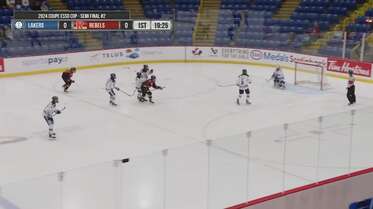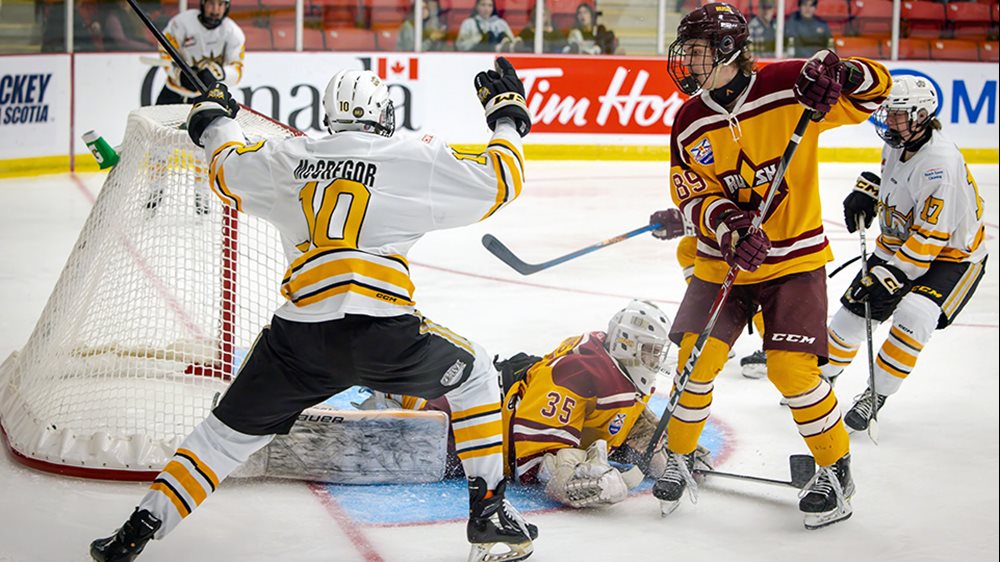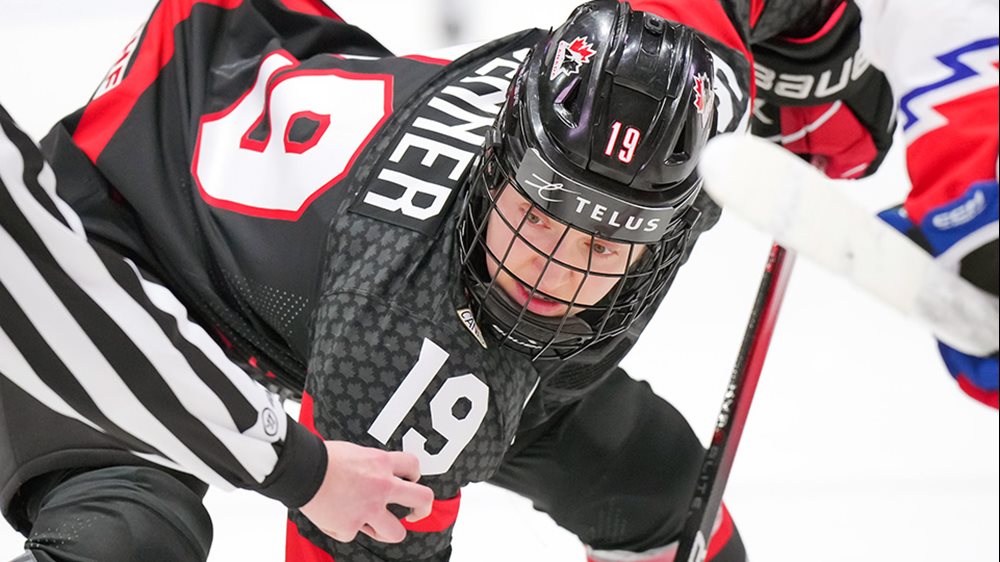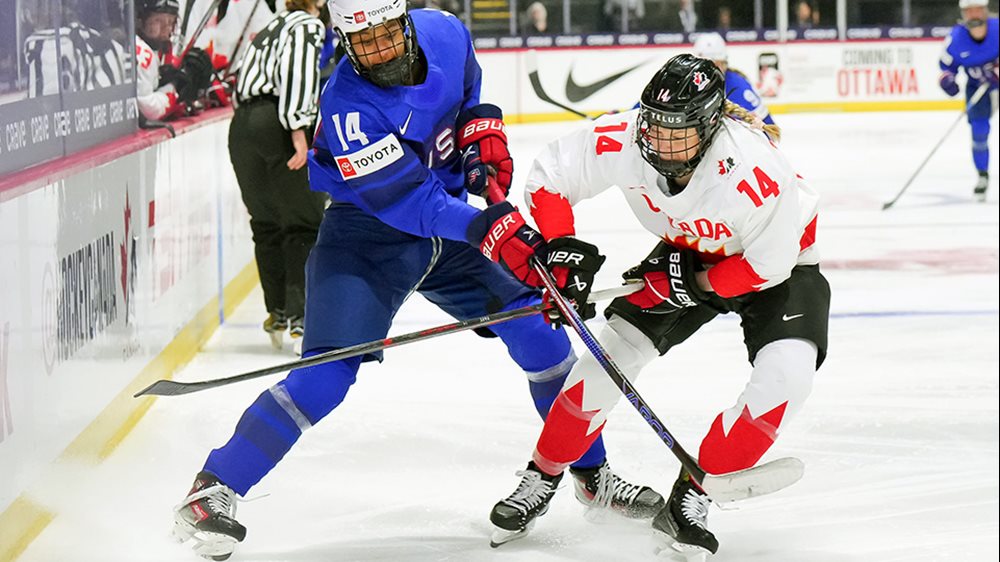
Hockey Canada puts age-appropriate programming at forefront for 2017-18 season
New policy mandates cross-ice and half-ice hockey for Initiation-aged players
CALGARY, Alta. – Hockey Canada wants all of Canada on the same page when it comes to the delivery of its Initiation Program – traditionally a player’s first brush with organized hockey at the ages of five and six.
Although the Initiation Program – originally developed more than 35 years ago – always recommended cross-ice or half-ice small-area games, its delivery has varied from community to community. Beginning in the upcoming 2017-18 season, a new Hockey Canada policy now mandates that Initiation-aged players receive age-appropriate programming on cross-ice or half-ice surfaces.
“You would never put a five- or six-year-old child on a full-size soccer pitch, or expect them to play basketball without any adjustments made for their size. Hockey is no different,” said Paul Carson, vice-president of membership development for Hockey Canada, who notes that while some provinces and communities already deliver cross-ice programming at the Initiation level, others have always utilized full ice for practices and games.
“The Initiation Program was developed to allow kids to have fun, learn skills, and develop confidence,” said Carson. “Re-sizing the playing surface to cross-ice or half-ice means more puck-touches, which result in more chances to practice puck-control and shooting, as well as overall more movement and motor skill-development – twisting, turning, balance, coordination, agility. Their field-of-play matches their size, and these players hone in on their skill-development in a way that larger ice surfaces just aren’t conducive to.”
The differences in skill-development opportunities with cross-ice or half-ice hockey are significant: players receive five times more passes and take six times more shots. They’re called on to have to make more decisions more quickly, and are overall more engaged in the game.
Special boards and bumpers have been developed that allow for quick and easy division of a regular-sized rink into two half-ice surfaces or three cross-ice rinks, with options to create different small-area configurations. Not only does re-sizing the playing surface allow for Initiation-aged players to develop their hockey skills more effectively, it also allows communities to maximize their ice time by safely putting more teams and games on the ice at one time.
Hockey Canada and its 13 members across the country are coordinating on a communication plan to ensure hockey administrators and coaches receive the resources required to align with the new mandate.
Resources such as the Hockey Canada Network – a best-in-class skill-development resource geared to coaches – features information on the purpose of cross-ice hockey and how to run effective on-ice sessions for the five- and six-year-old Initiation age group.
Instruction on delivering age-appropriate programming will also be available to coaches trained in the National Coaching Certification Program (NCCP) Coach 1 – Intro Coach. This clinic, delivered by Hockey Canada’s 13 members, is geared towards coaches of entry-level players to provide resources that will aid in the implementation of skill-development and game play.
Hockey Canada has also produced a video that features renowned sport scientist Dr. Steve Norris; Olympic, World Cup, world, and Stanley Cup champion Sidney Crosby (Cole Harbour, N.S./Pittsburgh, NHL); Memorial Cup, World Cup, and IIHF World Championship-winning coach Bill Peters (Three Hills, Alta./Carolina, NHL); and Olympic gold-medallist and two-time IIHF Women’s World Championship silver-medallist Brianne Jenner (Oakville, Ont./Calgary, CWHL) describing the importance of small area games and cross-ice/half-ice hockey.
For more information on Hockey Canada and the Initiation Program , please visit HockeyCanada.ca, or follow along through social media onFacebook and Twitter.
For more information: |
- <
- >

























